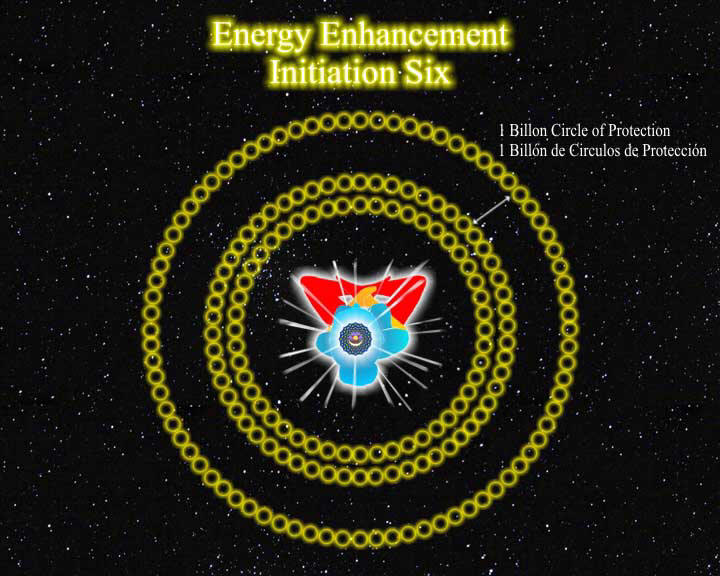Advice and Precautions
The following advice should be carefully studied before commencing to learn and practice hatha yoga asanas. Though any person can start to practise asanas, they only become really beneficial when performed in the proper manner after correct preparation.
Emptying the Bowels
Before starting the practice of asanas, the bladder and intestines should preferably be empty. If you are constipated, then you may desire to start your yoga practice with some of the postures from the 'Eliminating Constipation' section.
Empty the stomach
The stomach should be empty while doing asanas. To ensure this, one should not do asanas until at least 3 to 4 hours have elapsed after food. This is one reason why early morning practice is recommended; the stomach is sure to be empty.
Sun Bathing
Never do asanas after long periods of sunbathing.
Breathing
Always breathe through the nose, unless specific contrary instructions are given. Try to coordinate the respiration with the asana practice.
Blanket
Use a folded blanket or special yoga mat for your practices. Do not use a mattress which is spongy or filled with air.
Place of Practice
Do your asanas in a well ventilated room where it is calm and quiet. The air in the room should be fresh so that you can freely breathe oxygen. You can practise outdoors but the surroundings should be pleasant, say in a garden. Do not practise in a strong wind, in the cold, or in air that is dirty, smoky, or which smells.
Do not practise in the vicinity of furniture, a fire, or anything that prevents free fall to the ground, especially during asanas such as sirshasana (head stand). Many accidents occur because people fall against objects. Never practice beneath an electric fan.
Strain
Never exert undue force or strain while doing asanas. Beginners may find their muscles stiff at first but after several weeks of regular practice, they will be surprised to find that their muscles are more supple.
Age Limitations
Asanas can be practised by people of all age groups, male and female.
Restrictions
People who have fractured bones and those who are suffering from any kind of chronic disease like ulcers, tuberculosis or hernia, should consult a yoga teacher or Doctor before commencing asanas. If one feels there is any reason why one should not do asanas, expert advice should be sought.
Time of Practice
Asanas can be practised any time of the day, except after meals. However, the best time is between 4 and 6 a.m. In Sanskrit, this period of the day is known as Brahmamuhurta. It is this time of day which is most conducive to the higher practices of yoga. The atmosphere is pure and quiet and is filled with solar radiations. The activities of the stomach and intestines have stopped. The mind has no deep impressions on the conscious level; it is empty of thoughts in preparation for the long day ahead.
The practitioner will probably find that the muscles are most stiff at this time of day, compared to the late afternoon when they become more supple.
Sequence
Asanas should be done first, followed by pranayama and finally meditation.
Awareness of the body
When doing asanas always try to do them slowly and with full awareness of the body. If you feel pain or pleasure, try not to react to it but merely be aware of the feeling. In this way, you will develop powers of concentration and endurance.
Clothes
During asanas it is better to wear loose, light, and comfortable clothing. Before commencing any practices remove spectacles, wristwatches, and ornaments from your body.
Bathing
Try to take a cold shower before starting. This will greatly improve the effect of the asanas.
Relaxation
Do shavasana before, during, and after sessions, taking care to relax the body as much as possible. Shavasana looks very easy, yet to do it properly with complete relaxation is very difficult.
Diet
There are no special dietary rules for practitioners of asanas, though it is better if they eat natural food in reasonable moderation. Contrary to the popular opinion, yoga does not say you must become a vegetarian, though in the higher stages a vegetarian diet is recommended.
A yoga practitioner is advised to fill half his stomach with food, one quarter with water and to leave the remaining quarter empty. You should eat enough to satisfy your hunger, but not so much that you feel heavy and lazy.
Eat to live, rather then live to eat.
If one is suffering from a particular disease, then dietary restrictions should be imposed.
Termination of Asana.
If one experiences excessive pain in any part of the body, the asanas should be immediately terminated; if necessary, seek advice. Do not stay in an asana if excessive discomfort if felt.
Inverted Asanas
Do not do any inverted asanas if there is gas or fermentation in the intestines, or if the blood is excessively impure. This is important to ensure that toxins do not go to the brain and cause damage.




